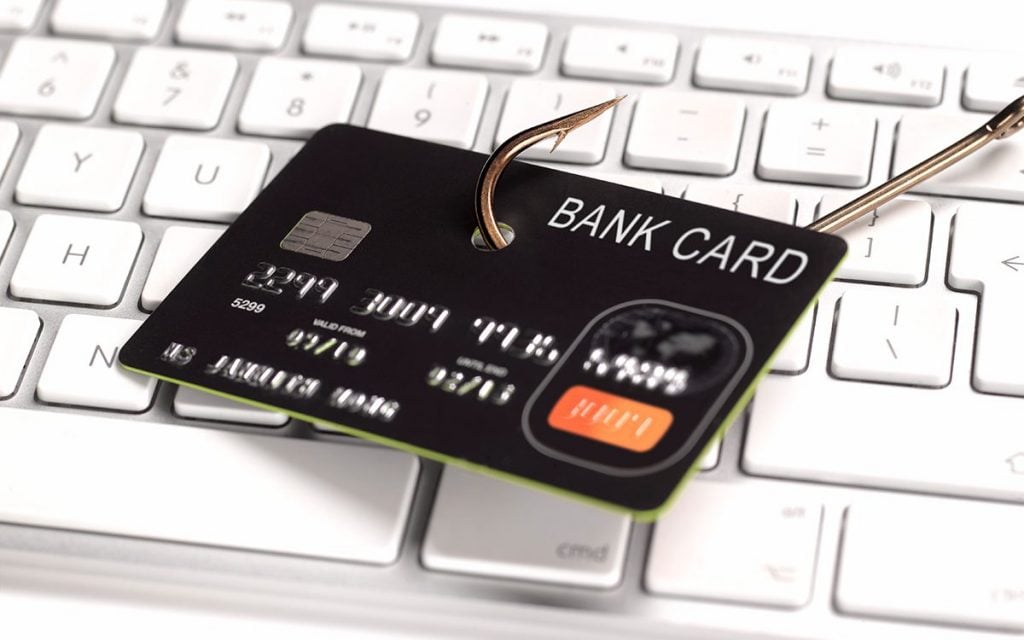What is a domain name?

- Domains
-
-
Search for a domain
Find an available domain for your website.
-
Transfer a domain
Move your domain to xneelo.
-
-
-
- Hosting
-
-
Web Hosting
Choose a website hosting package based on your business needs.
-
Volume Plan
Boost your bottom line with our flat-rate Reseller plan.
-
-
-
- Servers
-
-
Managed Servers
Dedicated servers for any size business.
-
Self-Managed Servers
Manage your own server environment with full admin access.
-
Colocation
A new home for your hardware in one business day.
-
-
-
- Cloud
-
-
xneelo Cloud
Manage your own virtualised environments on demand.
-
-
-
- Insights
-
-
Recent Insights
The latest xneelo news and advice to enable your business.
Advice
Best-practice advice you can apply in your online business.
-
News
Read the latest company news and announcements.
Product Updates
Latest product and feature updates from xneelo.
-
Customer Stories
Our customers are our heroes. These are their stories.
-
-
-
- Support
-
-
Contact us
Need support? We're standing by.
-
Help Centre
Over 400 step-by-step articles provide answers to your most pressing questions.
-
Network Status
Our network’s weather report.
-
-
- Log in
-
-
-
-
-
Introducing the xneelo Control Panel
Manage your account in our secure and easy to use control panel.
Read more
-
-






